The causes and treatment of Stye
Stye causes discomfort to the eye and requires medical care. Stye treatment can be due to self-help at home or assistance by a health provider. Personal hygiene does help prevent.
A stye happens to be a lump on the eyelid that has been caused by a bacterial infection. Certain medical conditions, such as diabetes and rosacea, as well as practices such as rubbing one’s eyes, can indeed increase the chances of getting one.
Styes, being uncomfortable, are annoying as well. Even if you take good care of the eyes, there is still a possibility of being prone to it.
Styes are also due to a bacterial infection in an oil gland or hair follicle on one’s own eyelid.
At times, bacteria can get trapped inside and cause an infection. This in turn results in a swollen, painful lump referred to as a stye.
The stye happens to be a reddish lump on the outer edge of the eyelid. It is filled with pus as well as an inflammatory substance that is produced when a clogged gland or follicle end gets infected. It is, in fact, tender to the touch and rather painful.
Doctors term stye as hordeolum.
Other symptoms of a stye include:
- Eyelid swelling
- Yellowish discharge
- Eyelid tenderness
- Watery eye
- Sensitivity to light (photophobia)
- Feeling like there’s something in the eye.
- A gritty feeling in the eye
- A crust that tends to form on the edge of the eyelid
- Eyelid redness
Risks
Having itchy eyes from hay fever or even allergies
- Inflammation of one’s eyelid (blepharitis)
- Leaving makeup on overnight
- Making use of contaminated mascara or eye liner
- Skin conditions, like rosacea and seborrheic dermatitis.
- Some medical conditions, such as diabetes
- Anything that does make a person more likely to rub one’s eye, such as not getting enough sleep.
- Meibomian gland dysfunction
Due to contact lenses:
- Improperly cleaned contacts.
- Touching contacts prior to washing hands.
- Reusing disposable contacts.
- Wearing contacts while sleeping.
- Using contacts after they’ve expired.
Prevention:
- Avoid touching or rubbing your eyes.
- Take medications to relieve itchiness from hay fever or even allergies.
- Treat blepharitis, rosacea, seborrheic dermatitis, and meibomian gland dysfunction.
- Keeping contacts clean and disinfected.
- Washing hands before touching contacts.
- Do not reuse disposable contacts.
- Washing hands with soap as well as warm water, or using a hand sanitizer that contains alcohol.
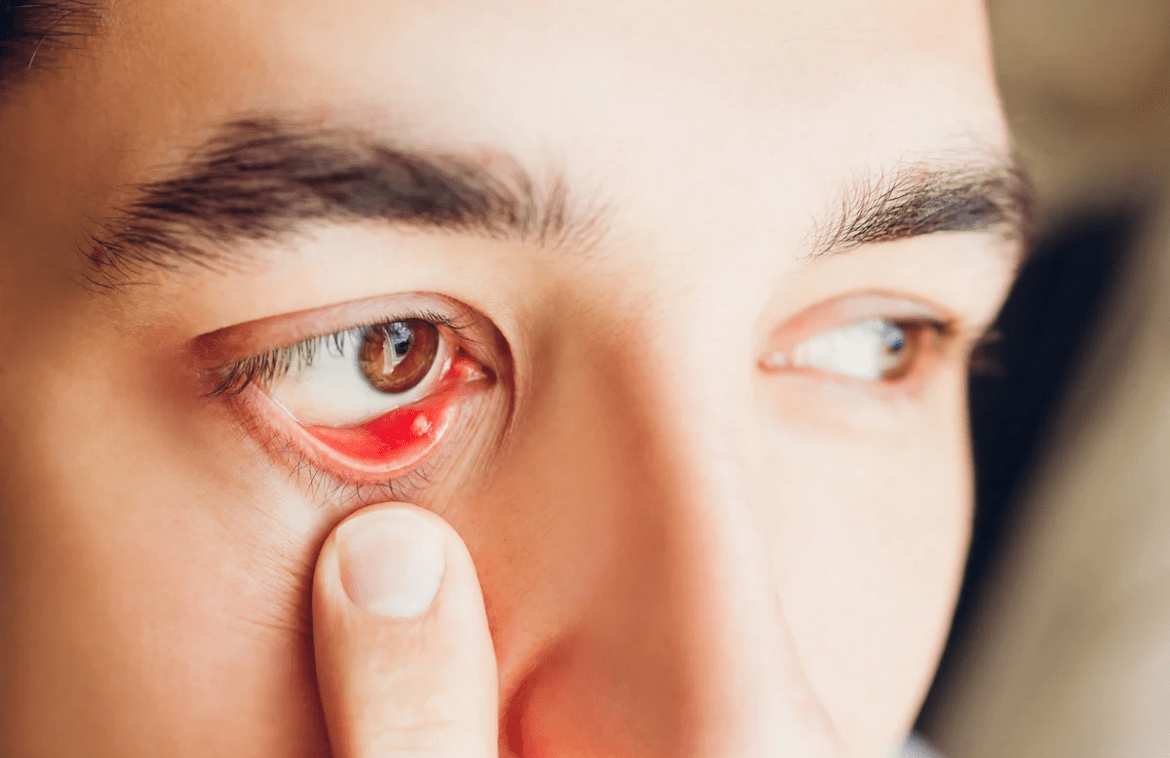
The causes and treatment of Stye
Stye treatment
A stye usually disappears by itself in a week or two. In order to feel better faster and also reduce pain and swelling, the person can use a self-care plan to treat the stye at home.
Managing stye a home:
Do:
- Use warm compresses. Applying a warm washcloth to the eyelid for 10 to 15 minutes helps, about three to five times per day. Re-warm the washcloth by soaking it in warm water, wringing it, and then repeating.
Several people feel that using green tea bags moistened in warm water as eye compresses is useful, as this speeds healing. Few scientists have shown that a natural antioxidant in green tea breaks down the cell wall of the bacteria, thus killing it.
- Clean eyelids. Gently try to wipe away eye discharge with a mild soapy solution made from half baby shampoo and half water. A person can also use the eyelid wipes available in most drugstores.
Eye care provider stye treatment
If, after 48 hours of self-care, the pain and swelling persist, then approaching the eye care provider is better.
Medical treatments for styes include:
- The provider may make a small incision to drain one’s stye in the office (under local anesthesia).
- The provider may prescribe antibiotic ointment to apply to one’s eyelid or antibiotic eye drops. At times, oral antibiotics are prescribed if the area around the eye is infected or after an incision draining an internal stent is done.
- The provider can give a steroid injection into the stye in order to reduce eyelid swelling.

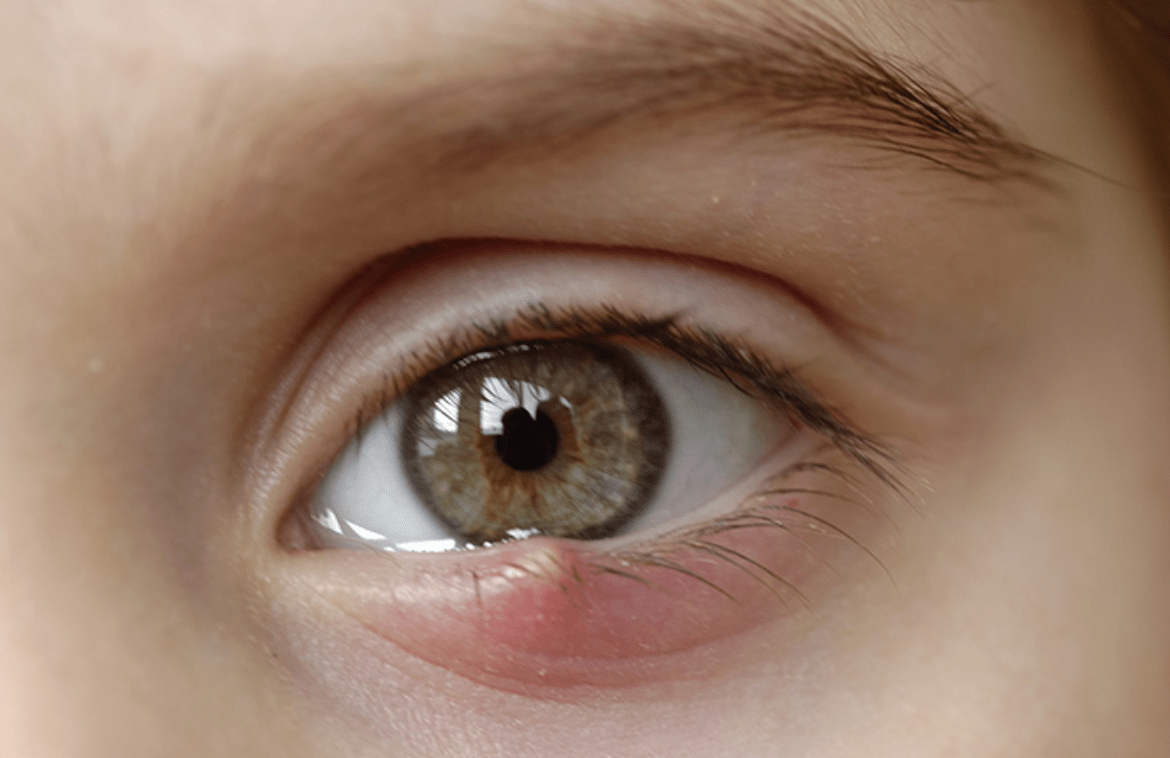

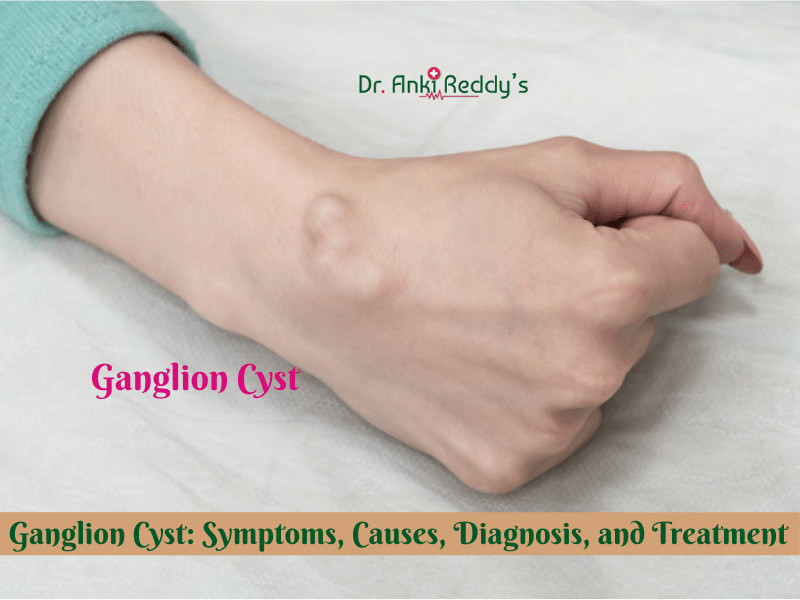
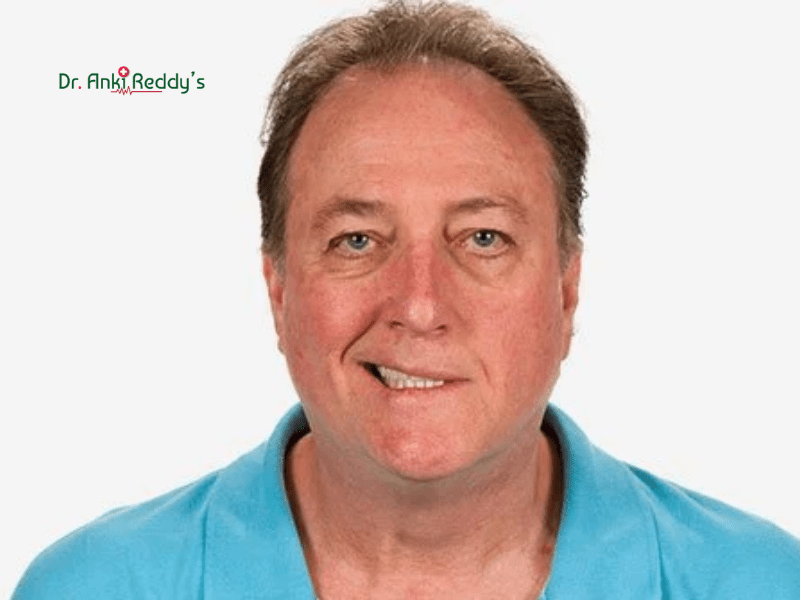
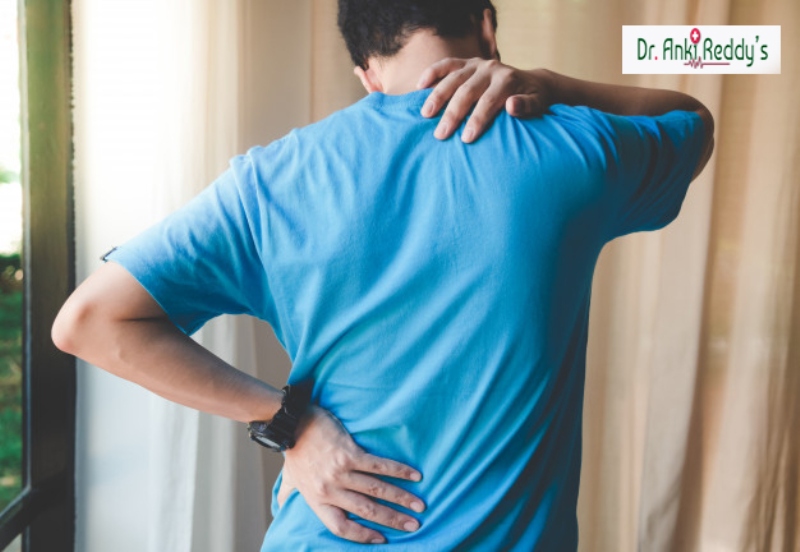
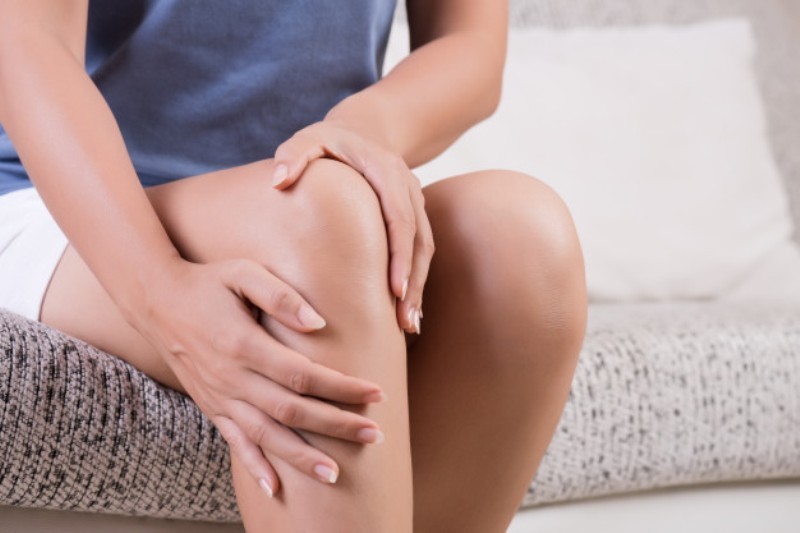
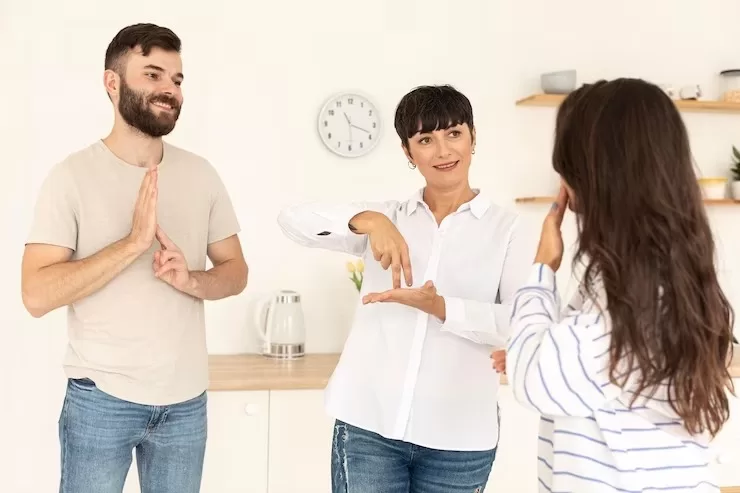
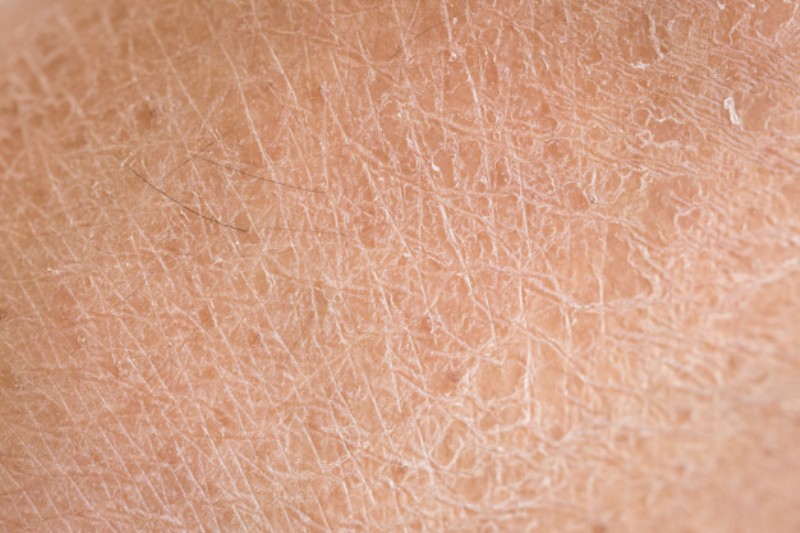
There are no comments